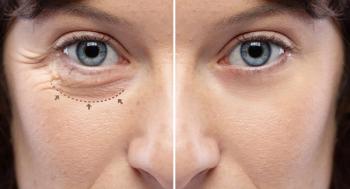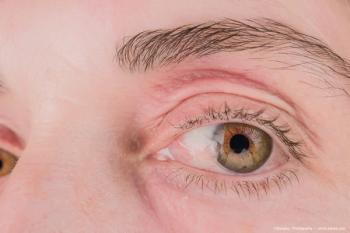
Laser approved for hyperopia
The MEL 80 Excimer Laser (Carl Zeiss Meditec, Inc) has received premarket approval from the FDA for the treatment of hyperopia. This new indication complements the existing FDA approved applications of the surgical laser for myopia and astigmatism.
Dublin, CA-The MEL 80 Excimer Laser (Carl Zeiss Meditec) has received premarket approval from the FDA for the treatment of hyperopia. This new indication complements the existing FDA-approved applications of the surgical laser for myopia and astigmatism.
“Adding the hyperopia indication enables us to offer a complete range of treatment options to meet the demands of refractive surgeons and their patients,” said Ludwin Monz, president and chief executive officer of Carl Zeiss Meditec AG.
This excimer laser is indicated for use in primary LASIK treatments for the reduction or elimination of naturally occurring hyperopia in patients who are 21 years of age or older and who meet specific pre-treatment criteria.
Carl Zeiss Meditec AG also announced that Ulrich Krauss will be ending his 9-year membership on the company’s management board at the close of business April 12 to join the management of Carl Zeiss Vision International GmbH, a subsidiary of Carl Zeiss AG. Thomas Simmerer has been appointed to Carl Zeiss Meditec's management board to succeed Krauss as chief sales officer.
Newsletter
Don’t miss out—get Ophthalmology Times updates on the latest clinical advancements and expert interviews, straight to your inbox.










































